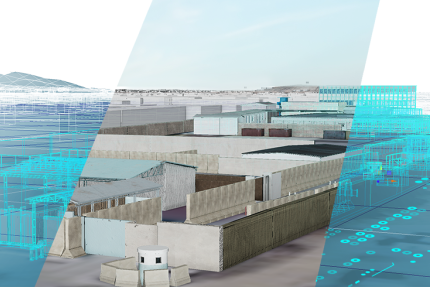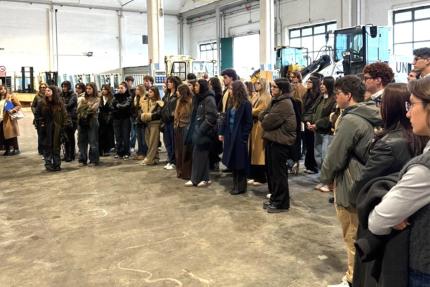UN Smart Camps represent a leap forward in how the United Nations operates. These facilities blend advanced technology with practical benefits, making them essential for successful missions. The United Nations Interim Security Force for Abyei (UNISFA) has taken a significant step forward with the inauguration of their second Smart Camp, “Highway.” Just like the pioneer “Dukkra Camp,” Highway utilizes “smart” technology to improve operational and living conditions, by increasing service efficiency and availability, optimizing costs, reducing in-mission carbon footprint, improving safety and security, and enabling a positive legacy to the host nation. It also incorporates lessons learned from Dukkra in the optimization of space, the simplification of designs, the mapping and accurate geolocation of sensors at installation, and the partitioning of female officers with other female ranks.
What Makes It Smart?
The Camp builds on the flagship Unite Field Remote Infrastructure Monitoring (FRIM) Internet of Things platform, incorporating automation and remote-control functions. Features include:
-
Energy and Water Monitoring: Imagine smart meters that keep track of electricity and water usage. These meters help prevent waste and ensure efficient resource management.
-
Electrical Grid with Sensors: The camp’s electrical grid is equipped with sensors that detect power outages and overloads, ensuring a stable supply of electricity and enhancing the Camp’s resilience.
-
Water Leak Detection and Pressure Control: Water meters not only measure usage but also detect leaks, automatically stopping them and maintaining proper pressure.
-
Automated Fuel Refueling: Generators never run out unexpectedly thanks to an automated refueling system.
-
Environmental Sensors: Weather, water quality, and temperature are monitored to protect sensitive areas, like ammunition deposits.
-
Enhanced Security: An integrated perimeter sensor and access control based on the UN ID system and CCTV enhances safety.
-
Local Management: At each site, the control room handles day-to-day operations and crisis management, like a nerve center for on-the-ground decisions.
-
Central Coordination: Those local control rooms feed information to UNISFA’s Mission Command Centre, a central hub where data from all locations converges in real time. The result? A comprehensive and timely overview of UNISFA’s operations across the board.
The momentum doesn't stop here - UNISFA plans to open “Agok Smart Camp” on May 30, with “Athony Smart Camp,” “Diffra Smart Camp,” and the 'Nepalese Smart Camp'at Mission Headquarters expected to be operational by the end of 2024. These developments mark a significant shift towards a “Smart Mission,” setting the stage for enhanced efficiency, sustainability, and operational effectiveness within UNISFA’s operations.





